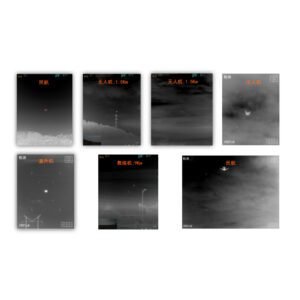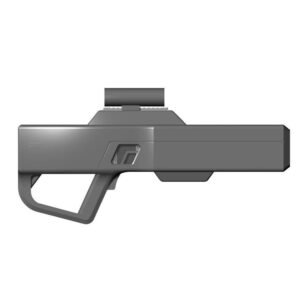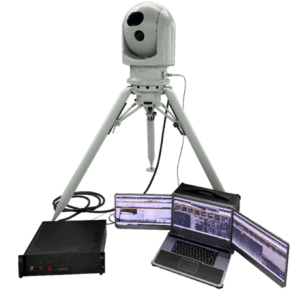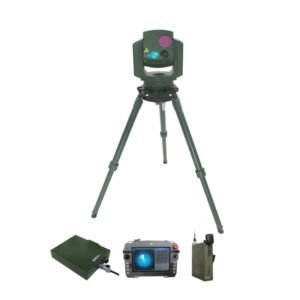- Full airspace detection: 360 ° high elevation angle, large-scale area reconnaissance and monitoring, effectively obtaining three-dimensional position information of unmanned aerial vehicles in the airspace, including azimuth, distance, and altitude (elevation angle).
- Strong adaptability: capable of real-time output of target information and reporting to the command center; High data update rate, strong tracking ability, suitable for target detection needs in various application environments.
- Strong recognition ability: using adaptive clutter suppression algorithm, adaptive target matching algorithm, and pre detection tracking algorithm, suitable for detecting small signals in strong clutter backgrounds;
- Unmanned: Fully automated detection, tracking, and warning workflow, effectively reducing personnel workload.
1.1 performance index
Table 8 HFC_R01 Radar Performance Indicators
| index | parameter |
| Working frequency band | Ku-band |
| Scanning method | Directional scanning+elevation wide beam |
| Detection angle | Azimuth angle: 0 °~360 ° scanning, elevation angle 0 °~60 ° |
| Detecting radius | 3-5 km optional (RCS=0.01 ㎡) |
| accuracy | ≤ 10m; azimuth accuracy: ≤ 1 °; Pitch accuracy: ≤ 1 ° |
| Resolution | Distance ≤ 20m, azimuth resolution: ≤ 3 °, elevation resolution: ≤ 5 ° |
1.2 Applicable scenarios
On some industrial equipment, such as wind turbines, transmission lines, etc., regular inspections are required to ensure the normal operation of the equipment. Radar technology can be used to monitor the flight trajectory and position of drones, ensuring the smooth progress of inspection work.
Discover more from SHENZHEN LEISHI SENSING OPTOELECTRONICS CO., LTD.
Subscribe to get the latest posts sent to your email.







Reviews
There are no reviews yet.